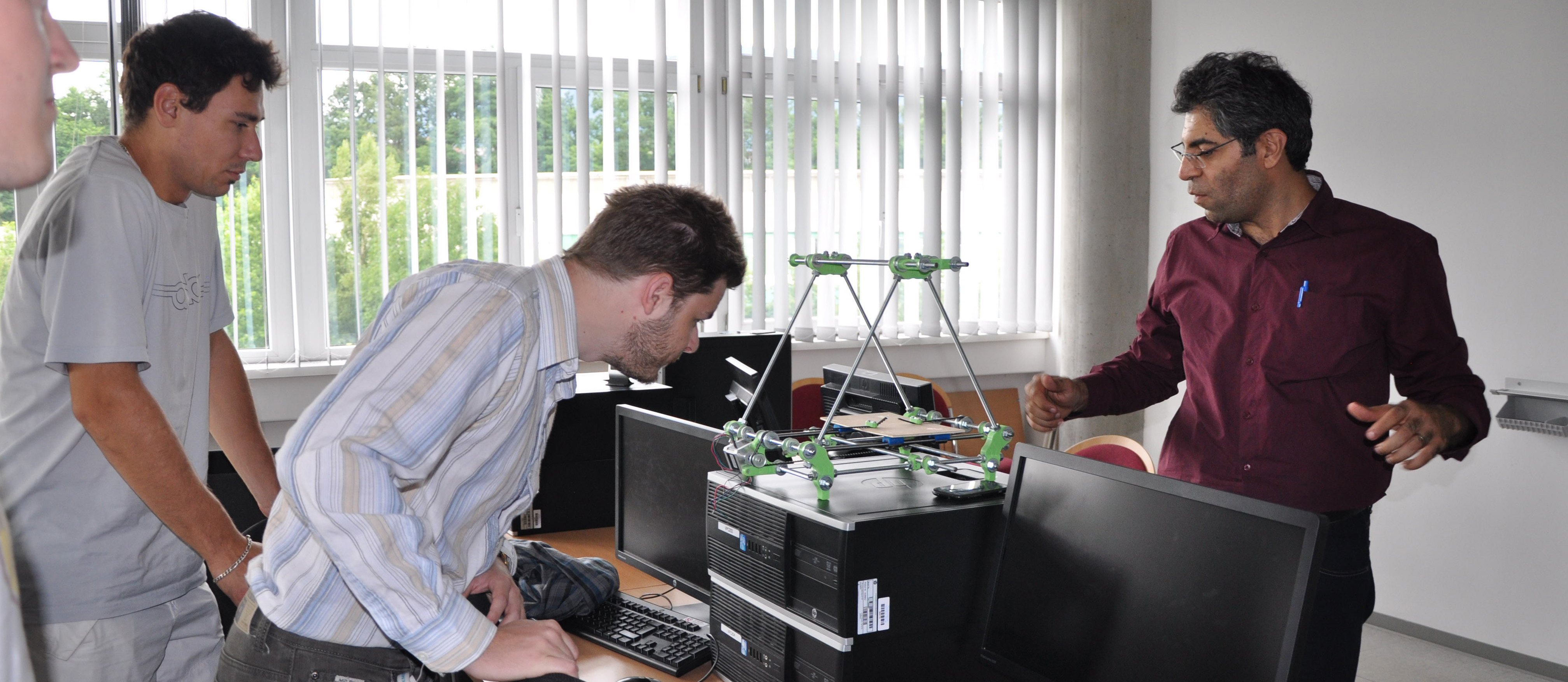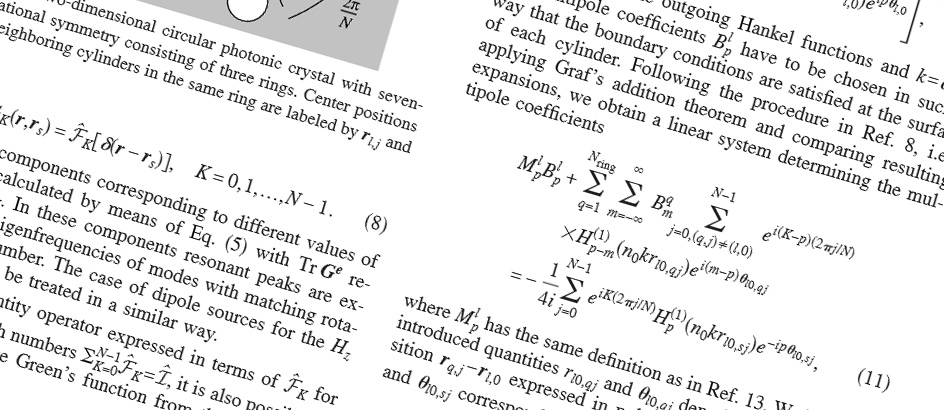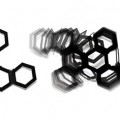Simulation of Natural Systems in Blender
Blender offers various advance effects, which are used to simulate real physical phenomena, such as
- Water
- Rain
- Smoke
- Dust
- Cloth
- Jello
Particle Systems of Blender can be used to simulate many advance simulation features such as hair, grass, smoke, flocks.
Soft Bodies are useful for everything that tends to bend, deform, in reaction to forces like gravity or wind, or when colliding with other objects. It can be used for skin, rubber, and even clothes, even though there is separate Cloth Simulation specific for cloth-like objects.
Hair is a part of the particle system, and it can be used for simulation of strand-like objects, such as hair, fur, grass, quills, etc.
Rigid Bodies can simulate dynamic objects that are fairly rigid.
Fluids, which include liquids and gasses, can be simulated, including Smoke.
Force Fields can modify the behavior of simulations.
Fluid Simulation Process
Performing a Fluid simulation in Blender is relatively straightforward. Here are the process steps:
- Model the scene (CAD and objects, materials, lights and camera)
- Designate the portion of the scene where the fluid will flow (the domain).
- Specify the functions of the various objects as they relate to the fluid (an inlet, outlet, or obstruction, etc.).
- Create the fluid sources, and specify their material, viscosity, and initial velocity.
- Bake in a preliminary simulation.
- Revise as necessary, saving changes.
- Bake in a final simulation.
Further Reading and Tutorials can be found here:
http://wiki.blender.org/index.php/Doc:2.4/Manual/Physics/Fluid





